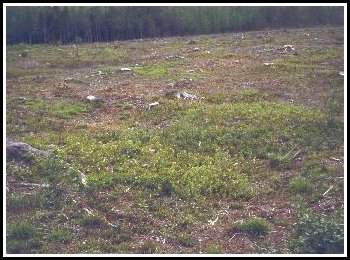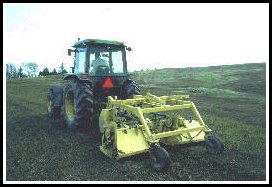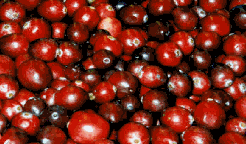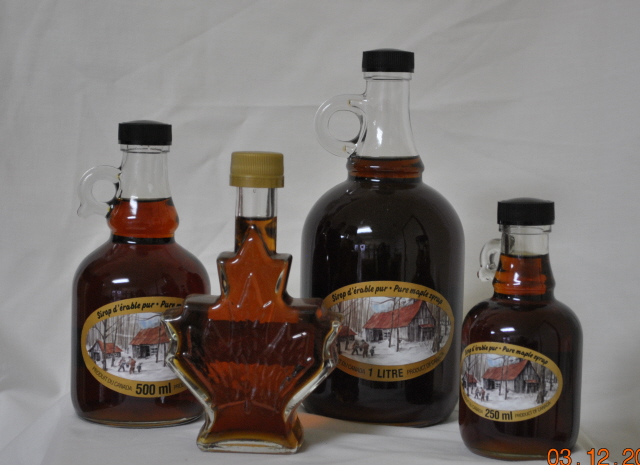Wild blueberry production can be divided into two distinct stages - initial development and management of existing fields. Initial development may require removal of trees, stumps and rocks; construction of access roads and firebreaks; and specialized weed-control methods such as wiping or basal treatment of brush. In some cases, land levelling to accommodate farm machinery may be required. This stage may take from two to ten years depending on the level of input, initial density of blueberries, topography of the land and existing trees and weeds. During this period, the blueberry grower receives little if, any income from the operation.  The second stage, management of existing fields, is a continuous operation involving weed control, pest control, pruning by mechanical methods or burning, ensuring pollination of the crop and occasionally applying fertilizer. There is no defined life span for a lowbush blueberry field. Once established, a field could continue to produce indefinitely if properly managed. Initial development varies with the type of land and the existing trees and weeds. Blueberry fields can and have been developed from abandoned farmland, woodland, and brushland. The cost of development, production methods and length of time required to bring land into production vary considerably depending on the initial land type and the amount of plant cover. The most cost effective and simplest land type to develop is abandoned farm land, where the blueberry plant has become established. Initial development may simply require pruning and an overall application of the appropriate herbicide. Often, scattered brush and shrubs are associated with this type of land. These require spot treatments with specific herbicides. If the density of blueberries is high enough, the field may be harvested the next year. Usually, four to six years is required before the grower can expect a reasonable harvest. Woodland requires additional input to harvest the trees. This type of land sometimes requires land levelling to eliminate cradle hills. Stump removal is usually carried out three to five years after the trees have been harvested. If brush control is carried out immediately after the trees have been harvested, the amount of input required for this operation can be greatly reduced. Although bringing a woodland area into blueberry production is more expensive, the grower can sometimes realize some return from the sale of the harvested trees. Brushland is land which was harvested for forestry and has regrown with dense stands of brush and other weeds. To develop this type of land, brush has to be cut, piled, and burned. This operation can be labour intensive, although mechanical brush cutters may be used to reduce labour costs. Cut stumps must be treated to prevent regrowth. To allow mechanization (use of tractors with boom sprayers, flail mowers and mechanical harvesters) the large stumps must be removed. In all cases, it is important to note that although initial development costs vary, the length of time required to bring a blueberry field into production is primarily dependent on the initial density of blueberry plants. Good management practices can increase the rate of spreading of the clones, reducing the length of time for initial development. Once the initial development stage has been completed, the developed field is usually placed on a continuous two-year cycle of a vegetative year followed by a cropping year. It is a common practice to divide the fields so that half of the total acreage is harvested in any one year. The first operation in the management cycle is pruning. As noted earlier, this procedure is required to increase flower and fruit formation. Pruning can be carried out either by flail mowing or by burning. Although mowing is less expensive than burning, burning plays a useful role in reducing populations of injurious pests.  In early spring, after the fields have been pruned, a single application of a herbicide is usually required. Additional spot treatments of herbicide are sometimes required to control persistent weeds. Weed control is not only important in maximizing yields, but also encourages spreading of the blueberry clones. During the growing season, monitoring must be carried out to identify yield-reducing diseases and insects. The following year (the "bearing" or "crop" year) the flower buds open and come into bloom. To ensure good fruit set, pollination by insects is required. Many growers supplement the native pollinators with commercial honeybee colonies. As in the non-cropping year the fields must be monitored for diseases and insects and control measures carried out if required. During the month of August, the crop is harvested and the two year cycle begins again.. Production How the Plant Grows Land Requirements Field Development Harvesting |
     |
